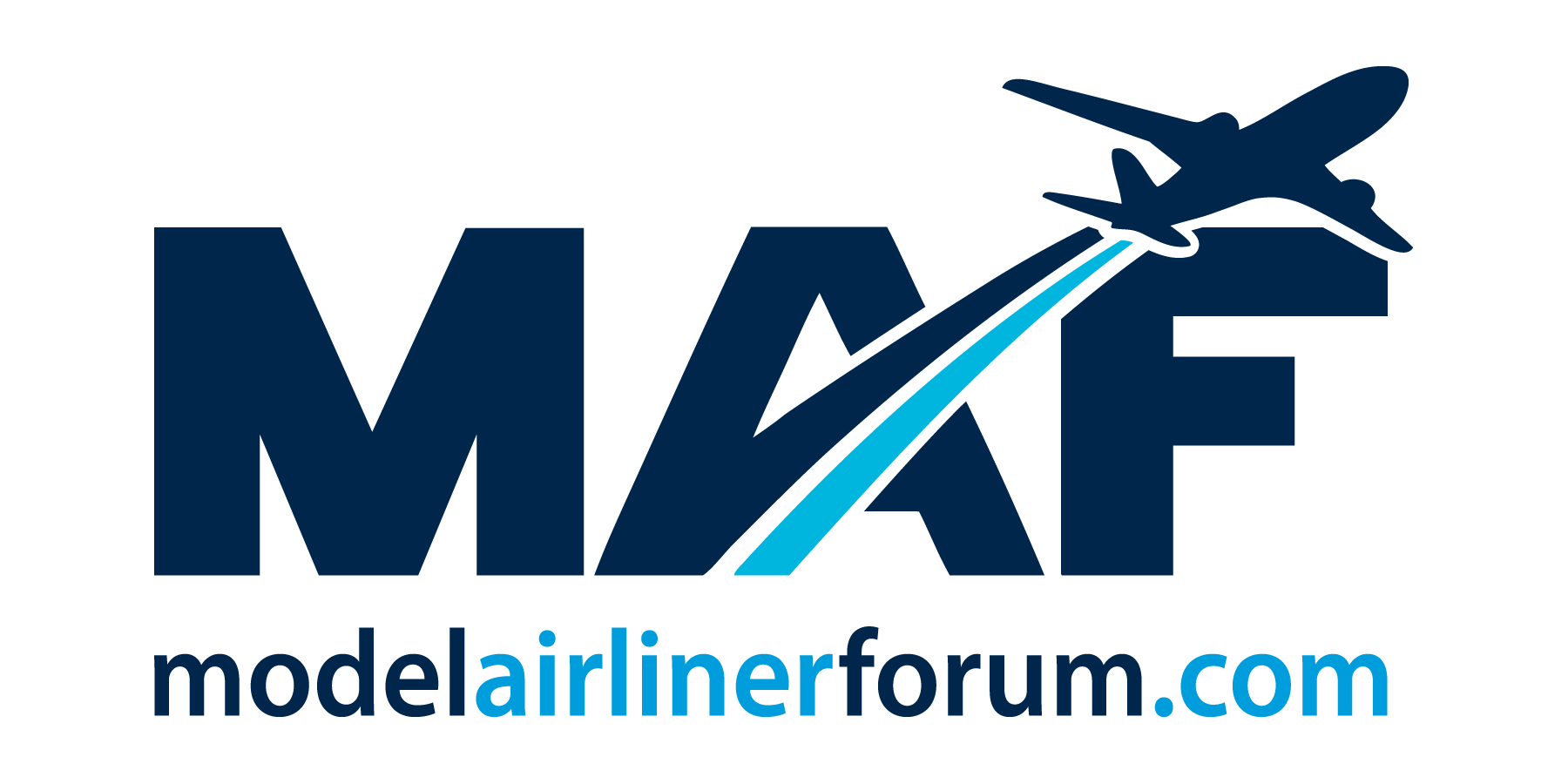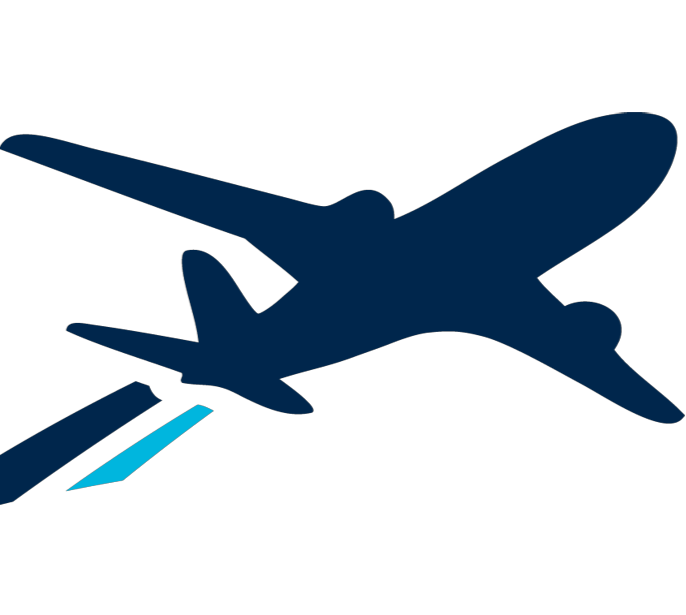jetliner10101
Active member
So I read about the article "From Artwork to Model". Very informative, but it's more like an "artwork proofing" type of article:

 modelairlinerforum.com
modelairlinerforum.com
What I always wonder is how an artwork is created from scratch or from the beginning, how it gets drawn out, and the process of sending the artwork to get printed onto the model.
I have watched some YouTube videos (like the one from Sam Chui last year) of the production but that doesn't give an insight of the early stage. It's pretty much the final stage.
Here're my wild guesses and questions from the beginning stage to the production stage:
1. Marketing manager starts with the project, planning of the product, quantity, design principle, etc.
The manufacturer hires graphic designers and/or illustration artists to handle all the artworks, from packaging design (notice nowadays many box packaging has an illustration of the aircraft instead of an actual aircraft photo, like back in the days Dragon Wings would probably use photos online for the packaging).
2. The designer/illustration artist starts off from something like this below, also the top view and bottom view to define the printing specs for the wings/stabs/belle:

So how does the designer or illustrator get this type of illustration? Do they draw from scratch or buy the illustration templates online?
Usually, the packaging nowadays contains illustration of the aircraft model, so this illustration/artwork may also be used for part of the packaging design?
3. Research, find photos of the aircraft/livery online (possibly Airliners.net or Jetphotos.net) and try to look for photos from all angles.
4. Using the 2D template like above, draw/illustrate the artwork based on the research photos online. Software would be like Adobe Illustrator?
The font of the airline logo or certain parts of the text imprint with unique font are the tricky parts. Wonder how they execute those parts? Redraw fonts or find similar fonts to modify?
5. Colors of the livery: if the manufacturer has the license from the airline, the airline will provide the Pantone swatches to the manufacturer to use. If no license, the manufacturer then tries to color match using photos found online to get the closest possible colors?
6. Proof the artwork, this article already explains it:

 modelairlinerforum.com
modelairlinerforum.com
What kind of people they hire to proof the artwork?
7. Once artwork is good to go, then it will transfer to the tampo machine for printing.
The artwork will transfer onto the metal plate of the tampo machine like this:

And then the ink cups will pick up the paint of the livery and rubber stamp the artwork onto the aircraft model:

The interesting part is transferring the 2D artwork onto the metal plate. Don't know if how it's being done. It's almost like engraving, and if it's time consuming.
Any inputs are welcome. If anyone has done this type of manufacturing please correct if this is the way of how manufacturers produce the models.

From Artwork to Model
Pretty cool insight to some behind the scenes action at Aeroclassics by @Mark22. Click on the Image to read the article, or click here.
What I always wonder is how an artwork is created from scratch or from the beginning, how it gets drawn out, and the process of sending the artwork to get printed onto the model.
I have watched some YouTube videos (like the one from Sam Chui last year) of the production but that doesn't give an insight of the early stage. It's pretty much the final stage.
Here're my wild guesses and questions from the beginning stage to the production stage:
1. Marketing manager starts with the project, planning of the product, quantity, design principle, etc.
The manufacturer hires graphic designers and/or illustration artists to handle all the artworks, from packaging design (notice nowadays many box packaging has an illustration of the aircraft instead of an actual aircraft photo, like back in the days Dragon Wings would probably use photos online for the packaging).
2. The designer/illustration artist starts off from something like this below, also the top view and bottom view to define the printing specs for the wings/stabs/belle:

So how does the designer or illustrator get this type of illustration? Do they draw from scratch or buy the illustration templates online?
Usually, the packaging nowadays contains illustration of the aircraft model, so this illustration/artwork may also be used for part of the packaging design?
3. Research, find photos of the aircraft/livery online (possibly Airliners.net or Jetphotos.net) and try to look for photos from all angles.
4. Using the 2D template like above, draw/illustrate the artwork based on the research photos online. Software would be like Adobe Illustrator?
The font of the airline logo or certain parts of the text imprint with unique font are the tricky parts. Wonder how they execute those parts? Redraw fonts or find similar fonts to modify?
5. Colors of the livery: if the manufacturer has the license from the airline, the airline will provide the Pantone swatches to the manufacturer to use. If no license, the manufacturer then tries to color match using photos found online to get the closest possible colors?
6. Proof the artwork, this article already explains it:

From Artwork to Model
Pretty cool insight to some behind the scenes action at Aeroclassics by @Mark22. Click on the Image to read the article, or click here.
What kind of people they hire to proof the artwork?
7. Once artwork is good to go, then it will transfer to the tampo machine for printing.
The artwork will transfer onto the metal plate of the tampo machine like this:

And then the ink cups will pick up the paint of the livery and rubber stamp the artwork onto the aircraft model:

The interesting part is transferring the 2D artwork onto the metal plate. Don't know if how it's being done. It's almost like engraving, and if it's time consuming.
Any inputs are welcome. If anyone has done this type of manufacturing please correct if this is the way of how manufacturers produce the models.